The Versatile Uses of Bleach for Prepping
Preparing for emergencies and disasters requires careful planning, including gathering needed supplies. One item that often finds its way into a prepper’s toolbox is bleach. While commonly used for cleaning and laundry purposes, bleach also has many uses in emergency situations. I like to keep bleach on hand because I know of the many versatile uses of bleach for prepping. Bleach: Everything You Need to Know
Shelf Life of Bleach
Please only store what you can use within 9-12 months. Clorox Bleach recommends replacing any bottle over 12 months of age. Six months is the best time frame for storage.
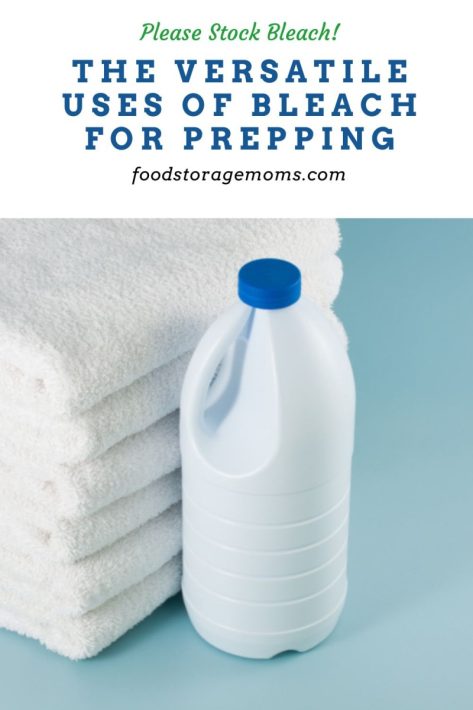
1. Water purification: Ensuring Safe Drinking Water
In a survival situation, access to safe drinking water is so important. Bleach can be an effective and accessible method for purifying water. By adding a few drops of bleach to contaminated water, it can kill harmful bacteria, viruses, microorganisms, and parasites, making it safe for consumption. The general guideline is to add approximately 8 drops (or 1/8 teaspoon) of unscented bleach per gallon of water, stirring well and allowing it to stand for at least 30 minutes before drinking. Why Drinking Water is So Critical to Our Health
2. Sanitizing surfaces and utensils: Maintaining Hygiene
Maintaining proper hygiene is crucial during emergencies to prevent the spread of germs and diseases. Bleach can be used to sanitize various surfaces and utensils. A solution of bleach mixed with water can be used to disinfect countertops, cutting boards, cooking utensils, and other frequently touched surfaces. Mix one teaspoon of bleach with one quart of water for an effective cleaning solution. Why You Should Make Your Own Hand Sanitizer + DIY Recipe
Every time I cut raw chicken on my silicone cutting boards on one of my kitchen counters next to my sink, I want to make sure they’re clean afterward. I’ll use the unscented chlorine bleach I store in the laundry that I’ve mixed with water as described in the instructions of section 1 above to clean them. I keep some in a spray bottle so it’s handy and ready to go. This bleach solution is used by us all the time. I’ve used other homemade cleaning products using things like vinegar, but this is the one I rely on.
I try to steer clear of using my wood butcher’s block to cut the raw meat due to the porous nature of the block material.
3. Treating wounds: Reducing Infection Risks
DISCLAIMER: This idea should only be used in an emergency with no other option. In emergency situations where medical help may be limited, preventing infections becomes essential. Diluted bleach can be used to clean and disinfect wounds. It is important to note that bleach should never be applied directly to an open wound. Instead, create a diluted solution by mixing one part bleach with ten parts water. Gently clean the wound with the solution to reduce the risk of infection. First Aid for Outdoor Adventures
4. Mold and mildew control: Avoiding Respiratory Issues
In damp and humid environments, such as during flooding or prolonged power outages, mold and mildew can quickly become a problem. Bleach is an effective tool for combating these issues. By mixing one cup of bleach with one gallon of water, you can create a solution to remove mold and mildew from surfaces. Remember to wear protective gear, such as gloves and masks, while handling bleach and working in mold-infested areas. Keep in mind that this method only works on non-porous surfaces. What Would Mold Do To You?
The bleach solution can also be used to clean any mold that may have developed on the tile or grout in the shower or around the tub in the bathroom. Be sure to rinse the surfaces well with warm or hot water after your cleaning project. It also helps to clean any soap residue that may have accumulated from frequent use. A soft brush will come in handy to get into tight corners and scrub the surface when necessary.
You can also use the solution to clean the ring from your toilets. Pour a small amount into the toilet bowl, let it sit for a few minutes, then use a toilet brush to clean the surface. Most toilets are safe from this application, but if you’re concerned, ask your plumber or plumbing distributor.
5. Laundry sanitation: Maintaining Clean Clothing
During emergencies, maintaining cleanliness becomes challenging. Bleach can be an excellent aid in keeping clothing clean and free from germs. Adding a small amount of bleach to the laundry cycle can help sanitize clothes, especially when dealing with contaminated items or when access to hot water is limited. How To Clean Your Laundry After A Disaster
Of course, we use bleach to remove stains in our clothes, when used with proper fabrics in the clothes washer. We often forget that liquid bleaches also kill germs that can be on our clothes. Having an effective stain remover is always a good idea, whether in emergencies or for daily use. However, having one as a bleaching agent for germ control is an added blessing.
6. Disinfecting equipment and household items: Ensuring Safety
In a survival scenario, it is crucial to keep tools and equipment clean and disinfected to prevent the spread of bacteria and diseases. Bleach can be used to disinfect gardening tools, cooking utensils, and other equipment. Create a solution of bleach and water, soak the items for several minutes, rinse thoroughly, and allow them to air dry before use. Items That Work as a Disinfectant
Having a bleach dispenser like a spray bottle makes this chore much easier. I’ve found that it’s great to clean our grandkids’ toys too. Just make sure you have the right solution mixture. Also, be sure to put labels with the ingredients on the bleach dispenser so everyone understands what’s inside. Keep these products out of the reach of children, you don’t want any young kid to get harmed.
7. Pest control: Keeping Pesky Insects at Bay
When facing an emergency, pests like mosquitoes, flies, and other insects can pose a significant threat. Using bleach is a neat trick when used as an effective insect repellent. Dilute bleach with water and spray it around doors, windows, and other entry points to deter insects from entering your living space. This is an important tip when trying to understand the uses of beach for prepping. Keeping Pests Away from Food Storage
What are the 3 recommended uses for bleach?
- Water purification – Adding a few drops of bleach to contaminated water can kill harmful bacteria, viruses, and parasites, making it safe for consumption. Water Storage: How Much Do You Really Need?
- Sanitizing surfaces and utensils – A solution of bleach and water can be used to disinfect countertops, cutting boards, cooking utensils, and other frequently touched surfaces. Why You Should Make Your Own Hand Sanitizer + DIY Recipe
- Laundry sanitation – Adding a small amount of bleach to the laundry cycle can help sanitize clothes, especially when dealing with contaminated items or when access to hot water is limited. DIY Laundry Detergent
What should I not clean with bleach?
- Wood and wood-based materials
- Pet products
- Metals
- Granite or marble surfaces
- Food-contact surfaces, particularly those with a porous surface
Is it safe to pour bleach down the sink drain?
No, it is not safe to pour undiluted bleach directly down the sink drain. Bleach can possibly create a harmful chemical reaction like chlorine gas and damage your pipes. It can also destroy rubber gaskets, corrode plastic and lead pipes, and kill off beneficial bacteria inside the pipes. It is best to avoid using bleach for regular drain cleaning. Always exercise caution and consider alternative methods for maintaining a clean and functioning drain system.
More Tips
- Preparing for the School Year: Must-Have Items for Preppers
- How to Use a Vacuum Cleaner for Prepping
- 9 Ways You Can Use Your Yard for Prepping
Final Word
There are many versatile uses of bleach for prepping. From purifying water to sanitizing surfaces and treating wounds, its uses for prepping are numerous. However, it is important to handle bleach with care, following proper dilution ratios and safety precautions. Have you ever used bleach in any of these ways? If so, let me know in the comments section. Thanks for visiting today, and I hope this post was helpful. May God bless this world. Linda
Copyright Images: Bleach with Towels AdobeStock_297805436 By Lana Langlois

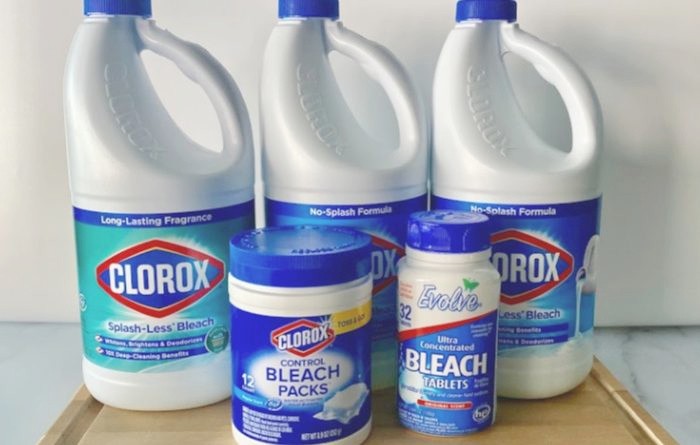

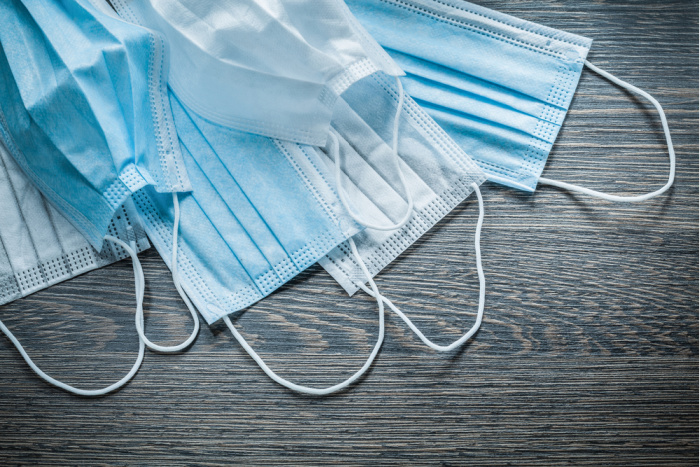
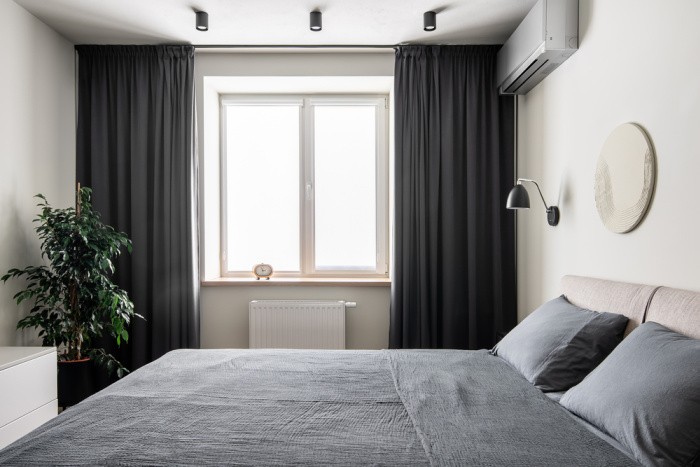
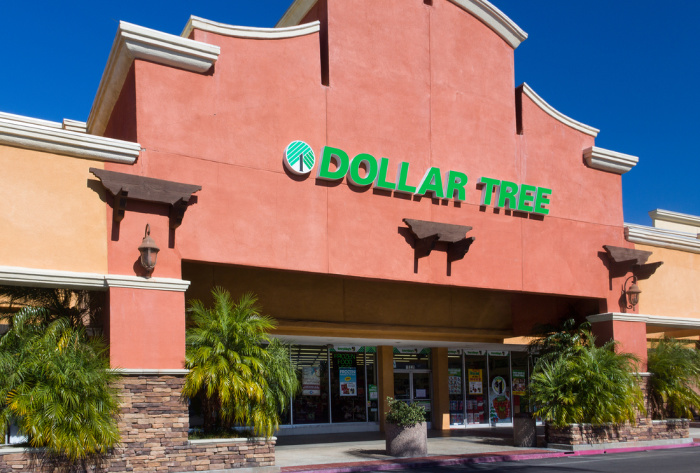
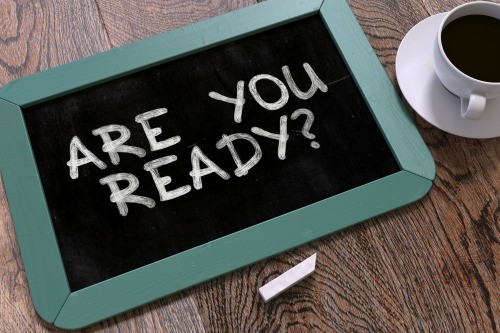
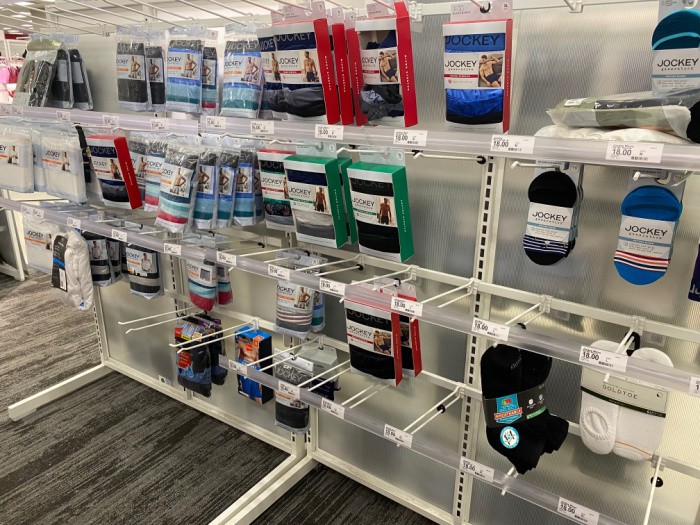
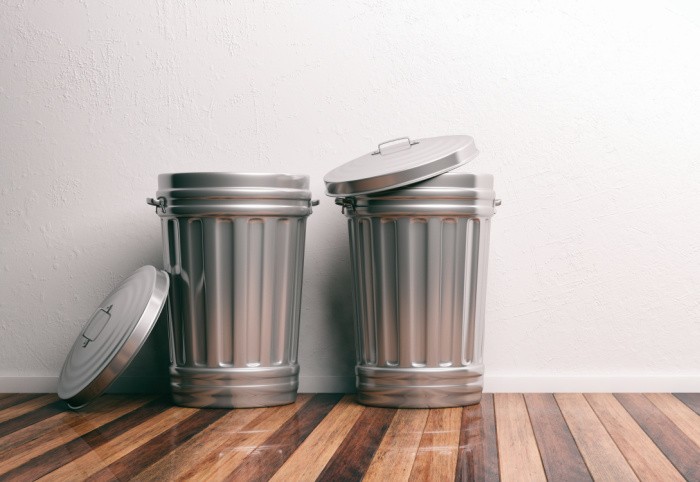











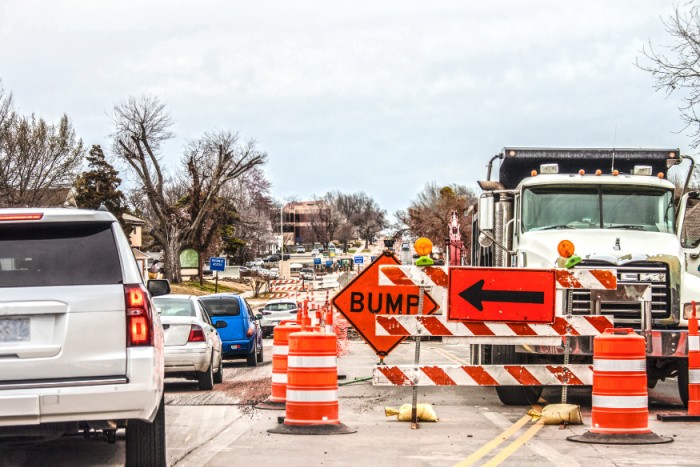


I can say that ever since Covid, bleach has been so hard to get ahold of! I’m so glad you shared this because it was a big reminder to stock up!
Hi Jess, you are so right, it is harder to get now. Linda
Sodium hypo chloride (I think) is available a pool chemical dealer. It is possible to get in granular form and is much easier to store.
Hi Janet, you are so right. The dripless or whatever it’s called does not sanitize, so whatever we can get that will sanitize bacteria, please stock it! Linda
Hi Linda, I recently read that bleach deteriorates in storage, losing its sanitation properties after about 2 years. So it needs to be rotated, when in storage. I thought you might want to verify this.
Hi MaryAnn, six months is the maximum for bleach. Thank you for reminding me I will go add it to the article. Linda
Hi Mary Ann, I looked up an old post:
Shelf Life of Bleach: Please only store what you can use within 9-12 months. Clorox Bleach recommends replacing any bottle over 12 months of age. Six months is the best time-frame for storage. Linda
Thanks for the heads up because I had no idea! I have struggled to find bleach since Covid and down here it always has some weird name. I should just order it off Amazon!
Hi Jess, Walmart sometimes is the best place to buy it at least here in Utah, but check the dates on it. Linda